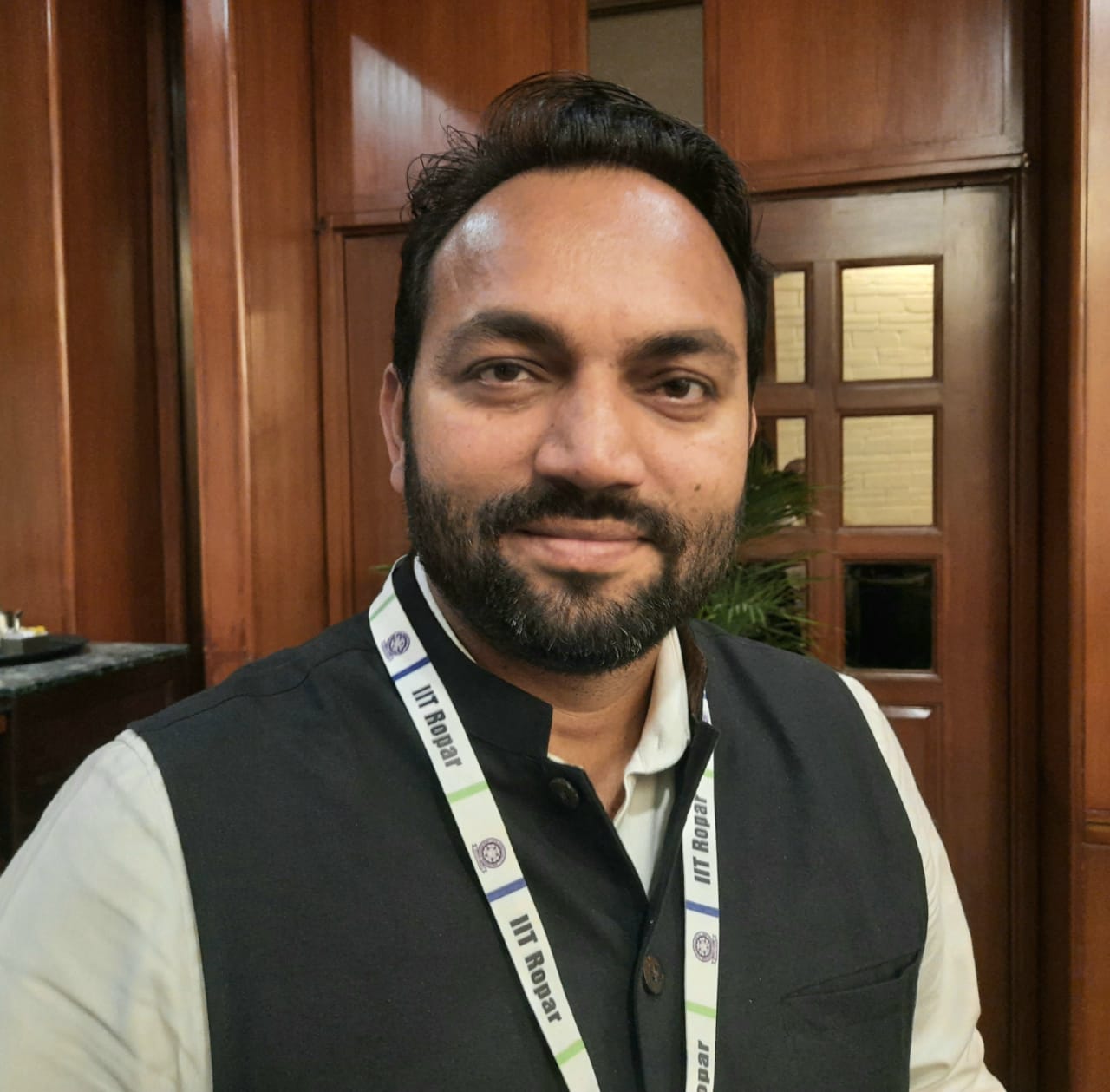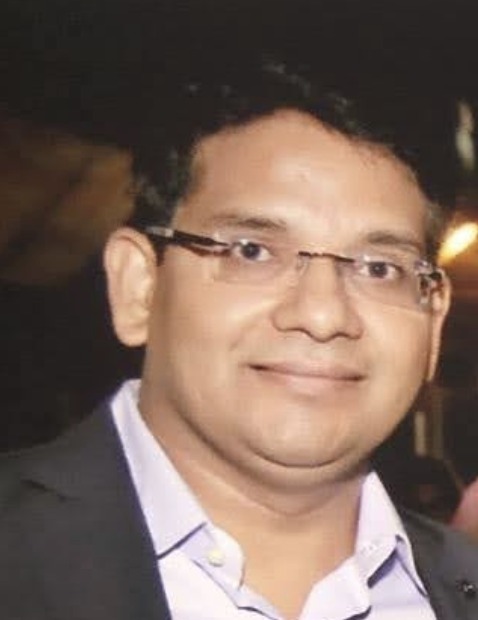Over the last decade, India has radically transformed its research and development (R&D) ecosystem in advanced technologies. This evolution has been propelled by bold government strategies and dynamic public-private partnerships. At the forefront, the Department of Science and Technology (DST) has played a decisive role. Among its landmark initiatives is the National Quantum Mission, designed to establish India as a global powerhouse in quantum technologies. The mission focuses on creating dedicated hubs in quantum computing, communication, sensing, and materials.
Moreover, other flagship programs—including the National Mission on Interdisciplinary Cyber-Physical Systems, India AI Mission, India Semiconductor Mission, and the National Green Hydrogen Mission—are accelerating India’s pursuit of technological sovereignty. Collectively, these initiatives are reinforcing the country’s ambition to develop indigenous innovations and enhance its global competitiveness.
In defence, the Defence Research and Development Organisation (DRDO) has achieved remarkable milestones. A case in point is the successful test of a hypersonic missile, significantly strengthening India’s strategic defence capabilities. Complementing this progress, the National Supercomputing Mission has revolutionized computational research by deploying high-performance computing infrastructure across premier institutions.
These cohesive efforts reflect a singular vision: to advance India’s R&D landscape toward self-reliance, innovation, and global leadership.
In an exclusive conversation with The Interview World at the PRAGATI Founders Forum 2025—hosted by iHub-AWaDH at IIT Ropar—Prof. Abhay Karandikar, Secretary, Department of Science and Technology, Government of India, delves into this ambitious trajectory. He articulates how current R&D efforts are closely aligned with the Prime Minister’s Viksit Bharat 2047 vision. Prof. Karandikar also shares valuable insights on the evolving role of government and private sector funding in R&D, the tangible shifts in aligning academic and industrial research with real-world outcomes, and the nation’s growing success in developing homegrown technologies across defence and other critical sectors.
Here are the key takeaways from this enlightening conversation.
Q: Aligned with PM’s Viksit Bharat 2047 vision, how does India’s current R&D position compare with that of developed nations globally?
A: Over the past decade, the Government of India has launched a series of bold, transformative initiatives to reshape the nation’s research and development (R&D) landscape. Mission-mode programs such as the National Quantum Mission, National Cyber-Physical Systems Mission, India AI Mission, India Semiconductor Mission, Green Hydrogen Mission, and the newly introduced Biomanufacturing Policy are driving this momentum. These initiatives are not only fostering cutting-edge R&D but also accelerating translational research within academic institutions.
Crucially, the government has also placed strong emphasis on bridging innovation with industry. By nurturing the startup ecosystem, it is enabling the commercialization of research at an unprecedented scale. Today, India proudly stands as the world’s third-largest startup hub, home to over 150,000 startups—each contributing to a vibrant innovation economy.
Another landmark step is the creation of the Anusandhan National Research Foundation (ANRF), an apex body chaired by the Hon’ble Prime Minister. ANRF aims to catalyse high-impact research across disciplines and foster collaboration between academia, industry, and government.
Together, these comprehensive efforts are not only strengthening India’s R&D framework but also positioning the country as a formidable player in the global innovation arena.
Q: Given limited private sector contribution to R&D funding in India, what’s your advice to encourage greater investment for commercialization and global-scale innovation from industry players?
A: It is true that private sector investment in R&D has remained significantly low. A key reason lies in the nature of cutting-edge technology development—it demands substantial capital with long gestation periods and uncertain returns. This type of innovation requires patient capital, which many private players hesitate to commit without a clear risk mitigation framework.
Recognizing this challenge, the government has taken a decisive step. In the recent Union Budget, it announced the establishment of the Research Development and Innovation Fund (RDIF) with a substantial corpus of ₹1 lakh crore. As a strong signal of intent, ₹20,000 crore has already been allocated to the Department of Science and Technology (DST).
The objective is clear: to de-risk early-stage R&D and act as a catalytic force for private sector participation. By absorbing a share of the financial risk, the government hopes to unlock at least tenfold investment from private industry. With this strategic move, the public sector is leading the way—lowering entry barriers, instilling confidence, and laying the foundation for a vibrant, innovation-driven economy powered by both public and private contributions.
Q: With NEP 2020 emphasizing translational research, what transformations have occurred over five years in aligning academic and private sector R&D towards practical outcomes?
A: To underscore the importance of translational research, we have established dedicated mission hubs under the National Mission on Cyber-Physical Systems. For instance, IIT Ropar hosts one such hub. These hubs operate as Section 8 companies—specifically designed to bridge the gap between academic research and real-world application.
The core mandate of these Section 8 entities is to serve as translational research centres. They convert cutting-edge academic work into scalable, commercially viable solutions. Building on this model, the National Quantum Mission is also setting up similar hubs.
Across all government-initiated missions, translational research remains a central focus. The goal is clear: channel innovations emerging from academic institutions into tangible technologies that can be deployed at scale. This shift ensures that research doesn’t remain confined to laboratories but moves swiftly toward societal and industrial impact.
Q: With Operation Sindoor’s success and a decade of progress in developing indigenous technologies, how do you view India’s defence R&D, and what advancements are currently underway?
A: The government is significantly increasing its investment in defence R&D. As a result, several cutting-edge technological advancements are already taking shape within the sector. At the same time, there is a strong and growing emphasis on the indigenous development of critical technologies.
Equally important, the government is actively encouraging private sector participation in defence initiatives—marking a decisive shift toward collaborative innovation. This strategic alignment between public policy and private enterprise is poised to accelerate progress.
With sustained focus and continued support, India is well on track to achieve self-reliance in next-generation defence technologies in the coming years.








